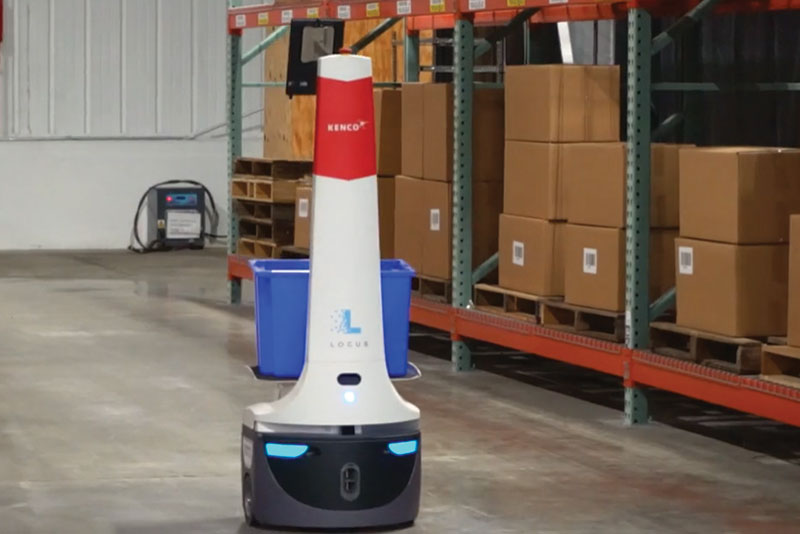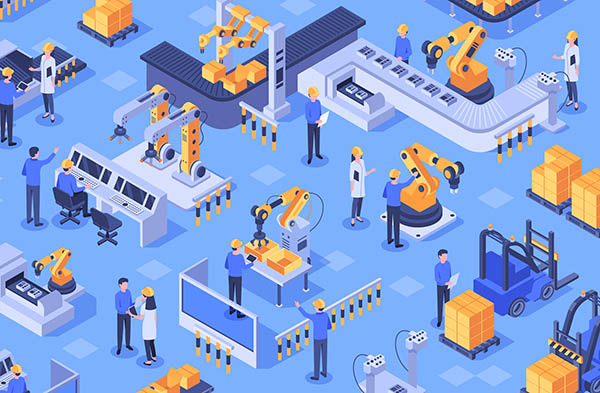Editors’ Picks





Found in Robotics News & Content, with a score of 0.36
…shares some characteristics of these portals that result in ease of use, such as a highly automated submission and order system and CAD-connected manufacturability check tools via plug-ins. Ordering a part to be manufactured is not as simple as ordering something already inside an Amazon warehouse, waiting to be packed and shipped. “It requires a lot of back-and-forth between the tool that the user designs the part in, and the factory that will make the part from the design,” explains Ben Mitchell of Plethora. A Protolabs employee inspects a part created via HP’s Multi Jet Fusion 3D printer. Image courtesy…

Found in Robotics News & Content, with a score of 0.32
…so that feedback on issues like ergonomics or software ease of use can also be addressed. If issues or new functional needs are discovered, startups tend to be open minded about changing their focus based on the feedback, Montgomery adds. “With startups, you have a considerable opportunity to help them shape and form development of their solution or their product roadmap,” Montgomery says. For companies who don’t have an innovation lab or team, it’s still possible to work effectively with startups, says Montgomery, though proving out and piloting a new technology is still needed. “You have to be very focused…

Found in Robotics News & Content, with a score of 0.32
…TMS. It’s about the speed of implementation and the ease of use that needs to be in line with the end user’s changed expectations—and often limited resources—that support the system. On the other side, it’s the partnerships with carrier networks, digital freight players, transportation visibility platforms, and advanced analytics platforms that prove to be more valuable. We even see companies replace a more complex TMS with a simpler TMS as complexity is replaced by ‘ease of use,’ and hence the TMS is used more and better. Compare it to a car. You can buy an expensive, complex car like a…

Found in Robotics News & Content, with a score of 0.29
…faster with the continued improvements in the areas of ease of use and ease of installation. Teele: Two factors are limiting automation – the lack of skilled labor, and the lack of flexibility in customization of robotic activities. Very large logistics companies can afford to hire and train staff, and have robots perform static roles. Small and medium-size warehouses struggle with finding skilled staff, and need robots that are more easily re-programmable for different tasks. But there are companies, many within our own consortium, that are working to solve both of these challenges, so we expect to see more solutions…



